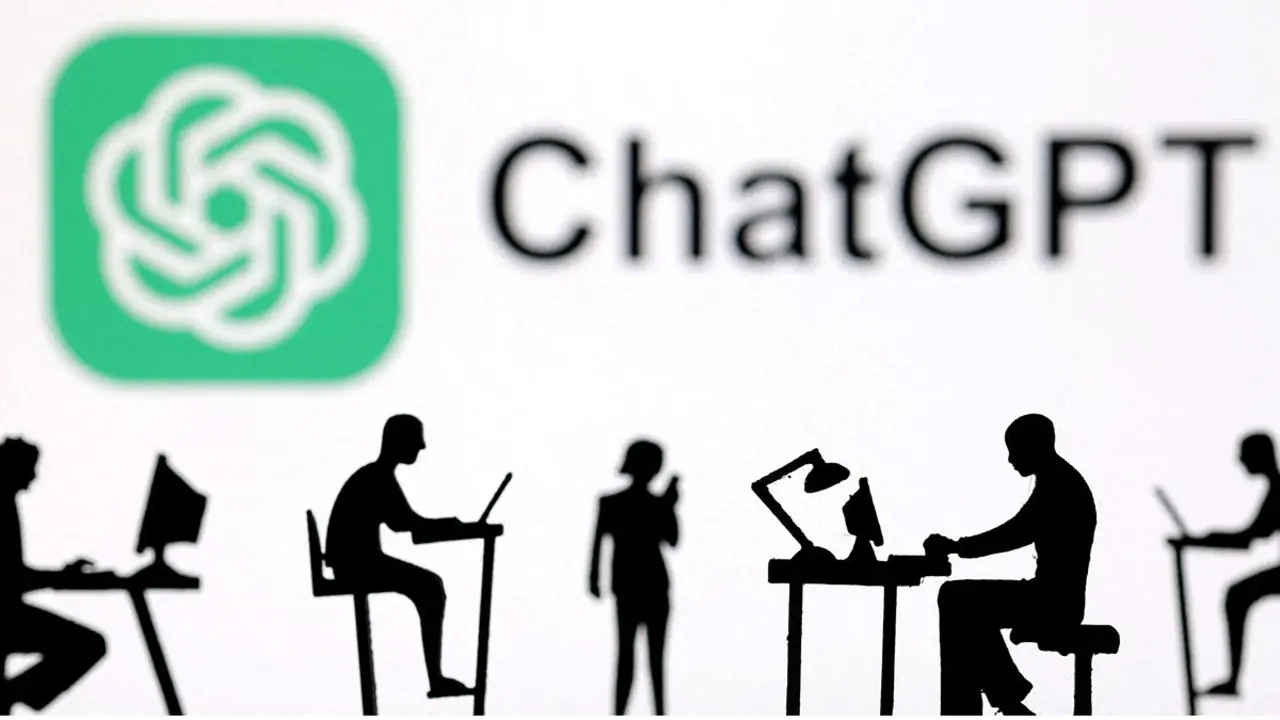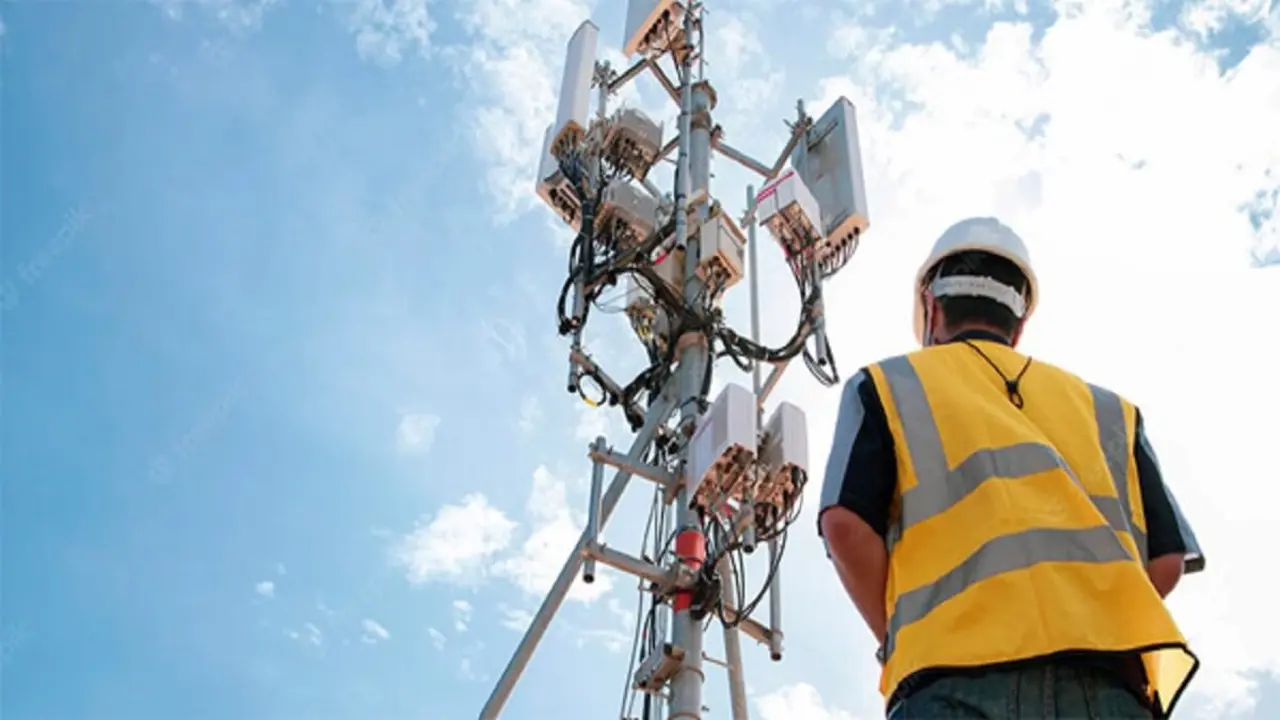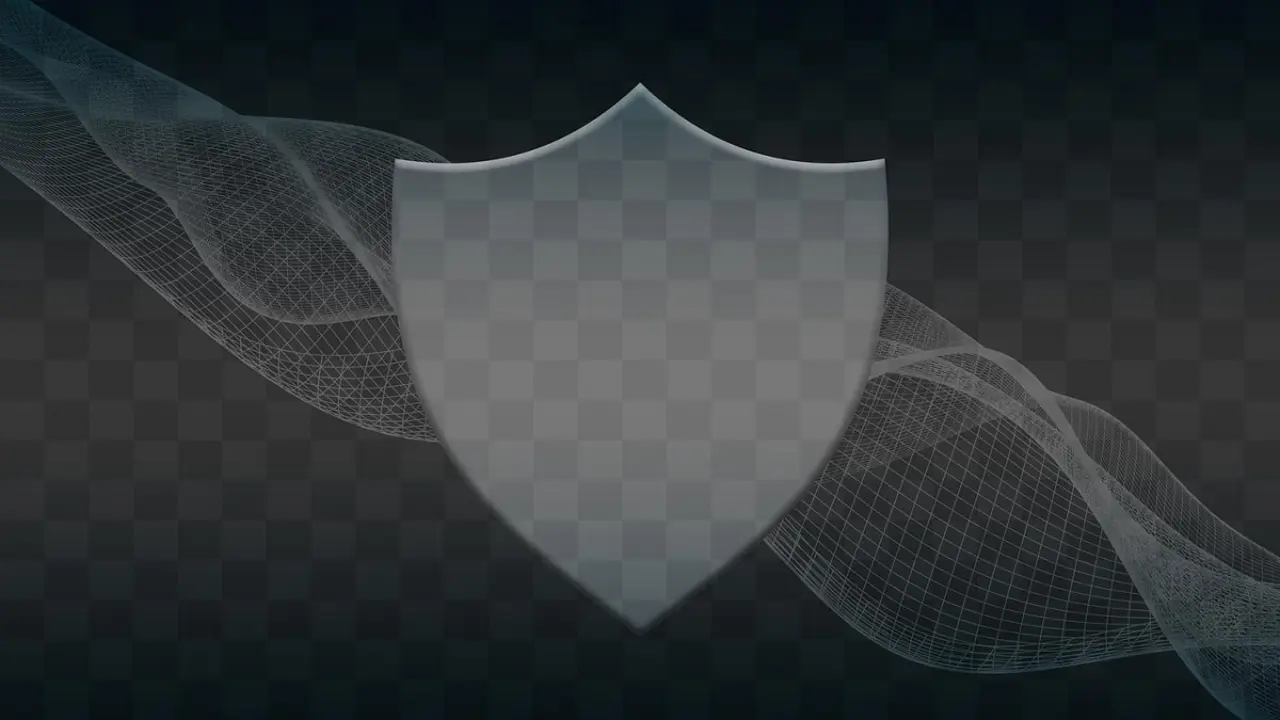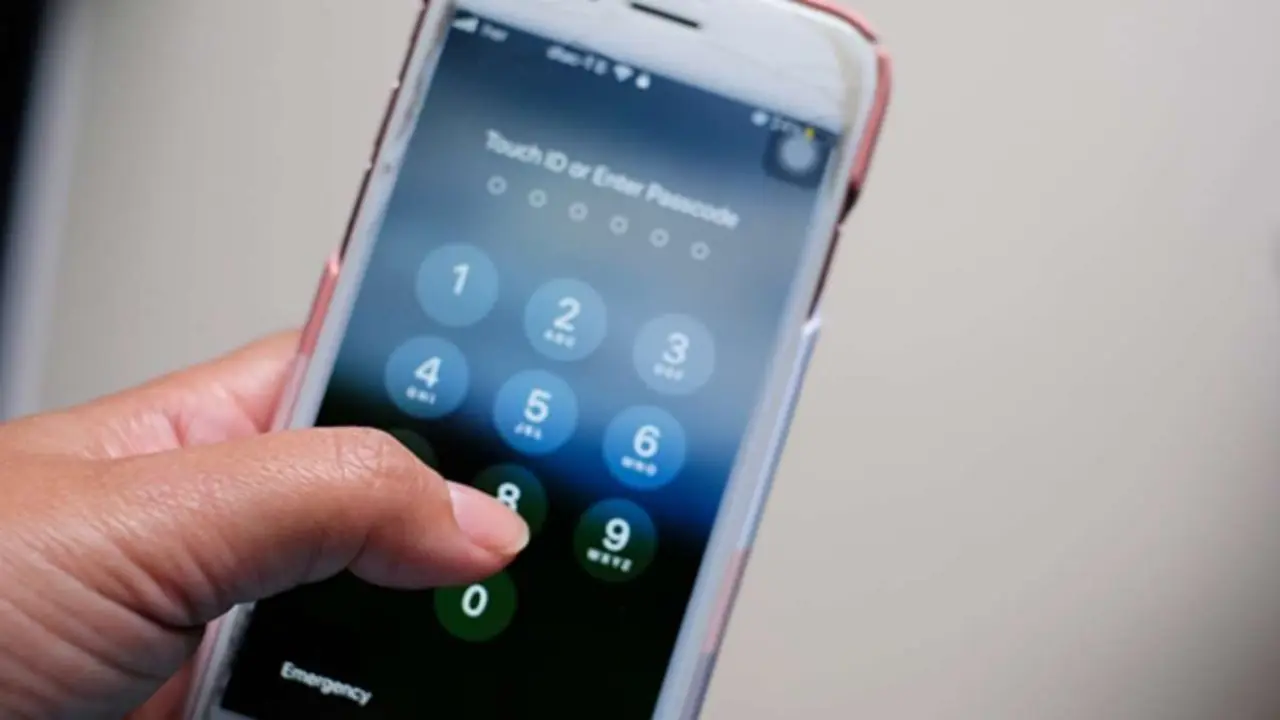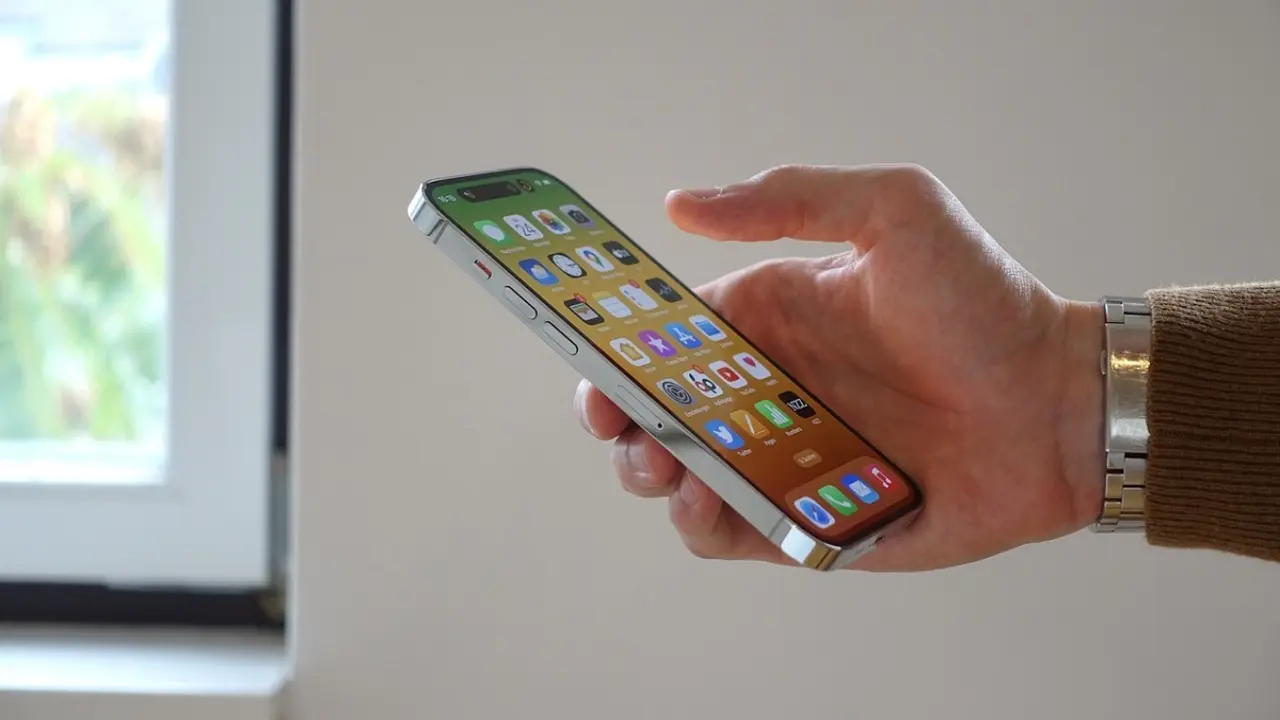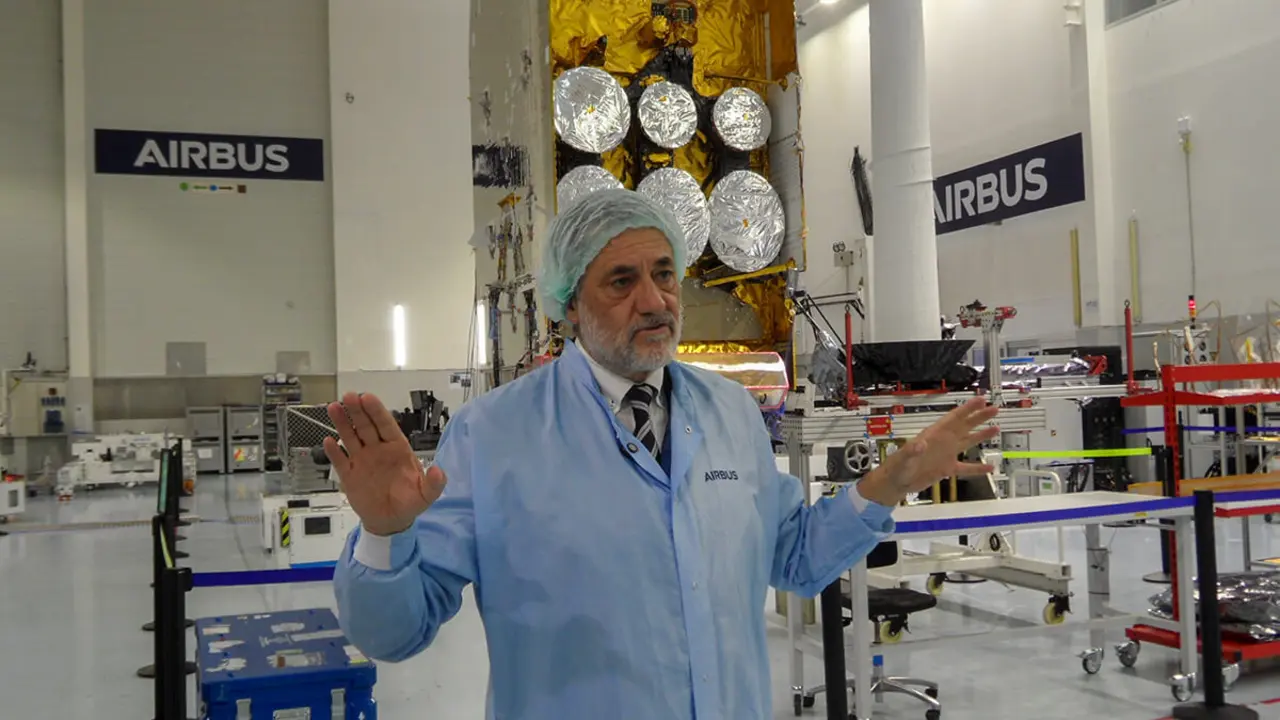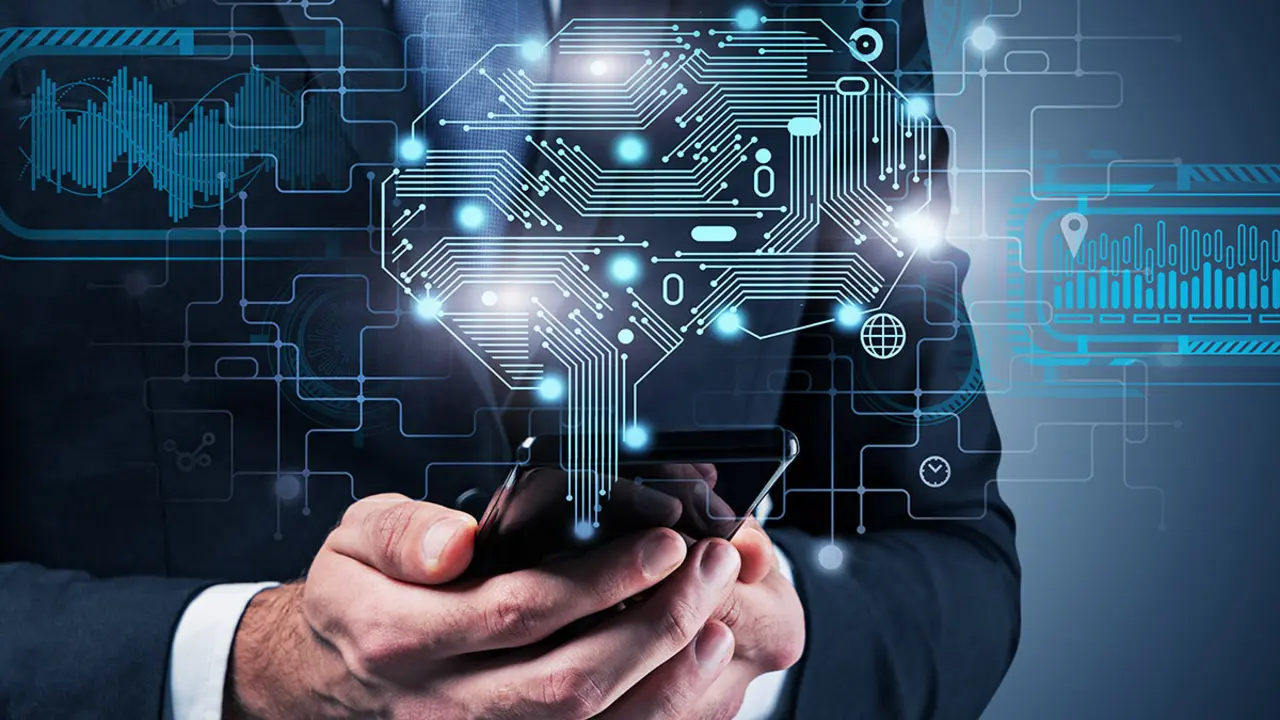Google conquers NASA with Fitbit

Google buys Fitbit. NASA closes a deal with Fitbit to make the definitive leap in quality in activity bracelets. Apple is watching the move as it decides whether to be ahead or behind Google in this chess move.
It all started at Mount Sinai Hospital in New York in January 2021. One of the thousands of studies being done to get a closer look at how COVID-19 works concluded that the Apple Watch could predict several days in advance of the disease.
They valued the Apple smartwatch because the hospital required an iPhone or Apple Watch for the study. And also because the United States is in lock-step with its leading tech multinational, but the reality is simpler. The heart rate monitor is opening the door to diagnosing coronavirus in the owner of the Apple Watch or any other device on the market that measures this parameter. And the market is saturated with such devices. Smartwatches or smart bracelets with diodes on the part that attaches to the skin to measure heart rate. The Apple Watch has eight LEDs, four green to measure heart rate and four red to measure blood oxygen. The digital crown is capable of taking electrocardiograms.

The symptoms of COVID-19 tend to resemble those of influenza. This malaise includes an increase in heart rate due to fatigue. Such an indicator of stress in the patient would trigger a warning that a positive test may be present. Volunteers had to be over 18 years of age and received $50 in exchange for participating in the Warrior Watch Study.
The second protagonist in this story is Google. Silicon Valley is still not offering quality physical products. Speakers are beginning to enter the landscape of some homes, but their mobiles, headphones or their Stadia video game console are resisting. If they can't manufacture, they have to buy. The offer for Fitbit reached 2.1 billion dollars in January. The San Francisco-based company got its start in 2007 by marketing activity wristbands that barely told the time and counted steps based on hand shakes. Years later, the company is a benchmark and has managed to survive the Apple Watch and the avalanche of Chinese products offering the same thing at a lower price.
Google didn't buy activity trackers. It bought a brand that only makes activity trackers or watches. That is all. And it also bought a reliable brand with a lot of penetration among the over-50s, who went for them to monitor their health and fitness without spending a lot of money.

Whatever Google does with Fitbit is a mystery. Maybe they'll beef up their products, maybe they'll come out with an innovative new line... What they shouldn't do is insist on their operating system for smartwatches. Wear OS is just as detrimental to devices as Android. Operating systems that don't take into account where they operate and consume all the resources.
Health is what matters. This is where Apple and Google have found the new vein. Apple is leading the race. Its Series 6 measures heart rate, performs electrocardiograms and measures oxygen in the blood. A doctor's apprentice that can save many lives. The rest only measure heart rates. Which is not bad. It is true that there are watches that do much more than the Apple watch. They even set performance bands and also give the O2 in blood, but it is specific technology for sports that is not bought by the general public.

Now NASA is purchasing 4,000 Fitbit wristbands and will distribute them to employees and 150 astronauts. The deal is headline-grabbing, because it's the American space agency and technology company Google, but it's a perfect marketing effect to remind people that their bracelet exists and is worn by NASA.
Meanwhile, hospitals like Mount Sinai will continue to test watches to see if they are as smart as they seem. If a device strapped to our wrist will be able to predict COVID-19 or any other disease by its measurements, we will be able to say that another small step for man has been taken, but a big step for mankind.

